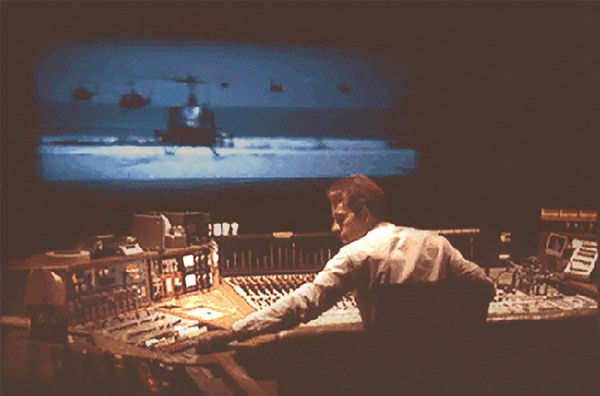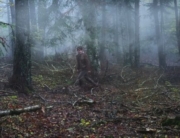

In 1992, Arnold Glassman, Todd McCarthy, and Stuart Samuels released their documentary Visions of Light: The Art of Cinematography. The film was, when I saw it as a teenager, an excellent introduction to thinking about the art form in a deeper and more specific way. Now, I’m better able to see how rich imagery is to film as great prose is to literature, and I was also introduced to a number of great films.
Making Waves, a new documentary by Midge Costin, focuses entirely on the history and use of sound in film. Broad and accessible, this comprehensive new work argues for the importance of sound in our experience of film and for the appreciation of its many innovations in technology and technique. Though film professionals may have quibbles, the movie will do wonders for the layperson’s appreciation of this rigorous art.
Comprised of interviews and excerpts of famous films, the film starts with an ode to the power of cinematic sound and then segues into a streamlined but informative history, with a heavy emphasis on the innovations of Walter Murch, who is in many ways the film’s core figure. Sound, we are told, was underappreciated by Hollywood executives—it was not an area of production in which they sought much investment. And yet, from the beginning, it was rare for films to actually be silent, hence the presence of orchestras and offstage sound effects wizards in theaters before the arrival of talkies.
Especially fascinating are discussions of how neighboring arts influenced the development of film sound: radio drama and its importance for the sound edits in Citizen Kane and how Revolver and other rock albums ignited a desire to record audio in stereo. Costin presents Barbara Streisand as an instrumental figure in this regard; the star argued for a full-blown stereo edit of A Star Is Born (1976).
Breakthroughs of all shapes and sizes occur in the 1970s. Nashville, The Godfather, Star Wars and many others are discussed, with filmmakers and sound designers present as talking heads. It’s refreshing to hear how nervous Star Wars sound designer Ben Burtt was as to whether he could pull off any of the sound effects. R2D2’s voice, as it turns out, went through many drafts.
Costin’s focus is clearly the layperson, and she breaks down the various aspects of film sound with deftness and clarity: the basic divisions of music, sound effects, and voice. We learn how innovators like Murch applied their technical brilliance to a strong understanding of the script; for instance, his decision at the beginning of Apocalypse Now to treat the rich soundscape as though it is all filtered through Willard’s consciousness.
Certainly the film is streamlined, focusing mostly of Hollywood film as opposed to world cinema, and the real nerds will desire, and indeed deserve, a much longer documentary. And yet, as an introduction, Making Waves is admirable, enjoyable, and hard to resist. In the best way possible, with its clarity and its focus on familiar films, Making Waves makes us more keenly aware of the pleasures cinema has to offer, and I would not be surprised if, like Visions of Light, the film is used in years to come to introduce audiences to them.
















Leave A Comment